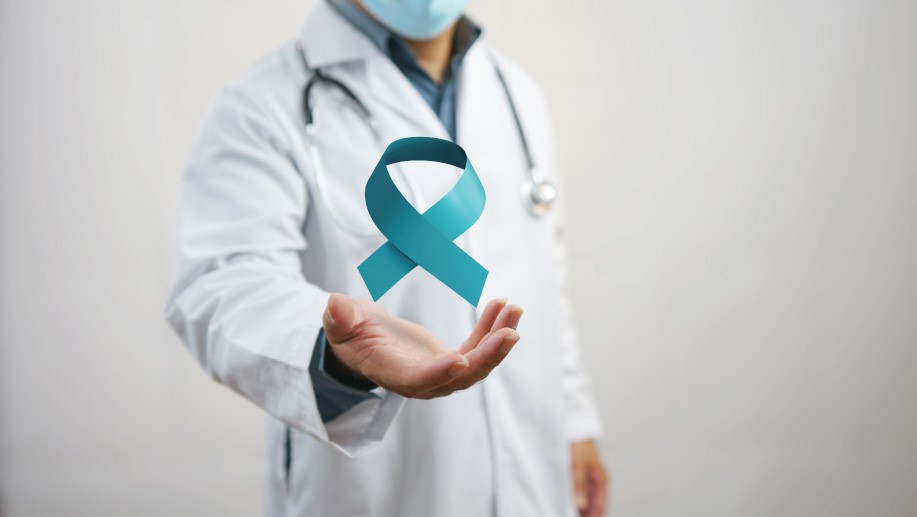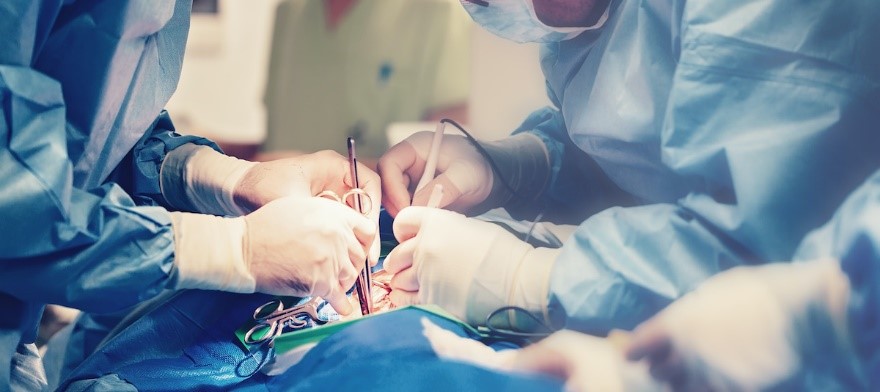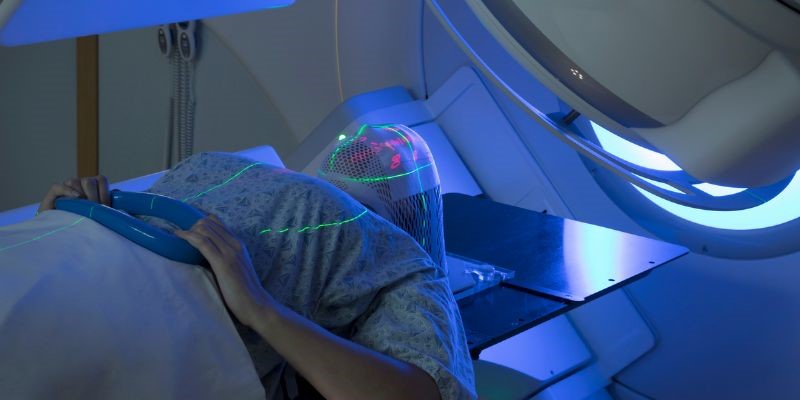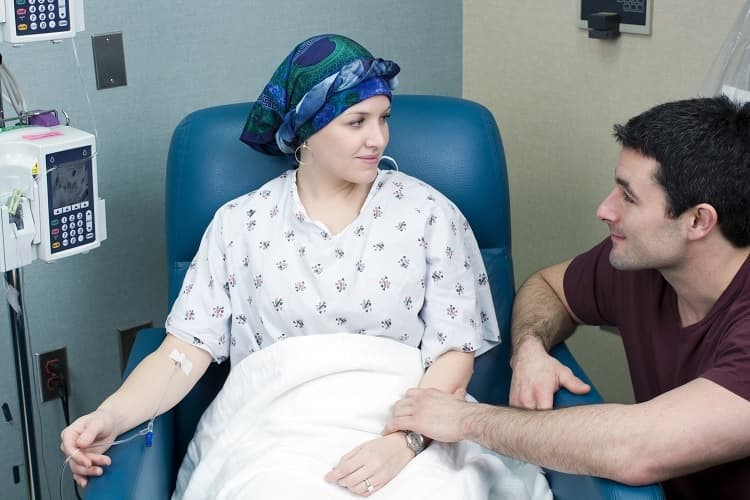
Oncology is a branch of medicine that deals with the diagnosis and treatment of benign and malignant tumors. Oncological diseases relate to the uncontrolled proliferation of mutated cells within the body.
Why are malignant tumors dangerous?
As opposed to a benign tumor, a malignant tumor (otherwise known as a cancerous tumor) has a high level of mutagenicity and generates metastases which penetrate into vital organs, changing their structure and functions. Additionally, during tumor development there is a correspondent increase in blood toxin levels

Which organs are vulnerable to oncological diseases, and what causes cancer?
Oncological diseases are systemic, and can therefore affect all the organs and systems of the body. Risk factors include genetic inheritance, gender, and age. This means that, the skin, lungs and digestive system is most at risk in young men, while older men’s prostates are more at risk. By contrast, young women are more likely to develop cervical, skin, digestive system, or lung tumors, while older women are most at risk from mammary gland diseases. Leukemia and lymphoma usually are detected in children.
It is worth mentioning that lung diseases have the highest lethality rate among all the oncological diseases regardless of gender and age.
The most common locations for oncological diseases to occur in men are:
The most frequent malignant tumors in men are:
-
trachea, bronchi, lung tumors (usually at a young and middle age)
-
prostate gland (the most common location in men of middle and old age)
-
skin
-
stomach
-
large intestine
The most common locations for oncological diseases to occur in women are:
-
breast cancer
-
skin tumors
-
uterine body
-
large intestine
-
stomach
-
uterine cervix
-
rectum, rectosigmoid junction, anus
-
ovary
-
lymphoid and hematopoietic tissue
-
trachea, bronchi, lung
Malignant tumor statistics in children
Most commonly, hematopoietic and lymphoid tissue oncological diseases appear in children. Of all types of hemoblastosis, the most common is lymphoid malignancies.
What symptoms or signs do oncological diseases present?
In their early stages, oncological diseases most often proceed without visible clinical signs. The symptoms which necessitate a visit to the doctor manifest in later stages.
Most symptoms of oncological diseases are, unfortunately, general and nonspecific, meaning they often are difficult to detect. Sometimes, it is possible to identify local signs and complaints associated with organ damage in the region where the tumor is located.
General, non-specific symptoms include:
-
General worsening of state
-
Loss of appetite
-
Weakness
-
Decrease in immunity
-
Fever
-
Pain
-
Idiopathic body weight loss
-
Cough, voice changes, hoarseness
-
Anemia
Local symptoms:
What diagnostic methods are used in oncology?
The greatest determinant of the success of treatments for cancer is its timely detection. Should you wish to monitor your health or have suspicious symptoms or complaints, HGH Health can organize an individually prepared examination in IRAN. This plan will be developed in cooperation with highly qualified specialists from the best clinics.
In oncology as well as many other areas of medicine, the process of diagnostics begins with simple methods and progresses towards complex, high-precision laboratory and instrumental methods. All results are analyzed with the patient's condition, symptoms and complains in mind.
The laboratory methods are:
-
(complete, biochemical, hormones) blood tests
-
cancer-specific markers and other specific tests
-
AFP (alpha-fetoprotein)
-
CEA (carcinoembryonic antigen)
-
CA-125
-
CA-15-3
-
CA-19-9
-
CA-242
-
PSA
-
Urine test
Endoscopic and radiological methods of investigation include:
Radiological diagnostics:
-
Digital radiography, mammography (digital radiography of mammary glands)
-
CT-diagnostics (computed tomography with or without contrast)
-
MRI-diagnostics (magnetic resonance imaging)
-
PET-CT diagnostics (positron emission tomography of the whole organism)
-
Position emission tomography (PET) is a diagnostic method based on the use of radiopharmaceutical agents. The most commonly used of these agents are glucose particles (specifically, fluorodeoxyglucose, or F18-FDG), which is introduced intravenously. Tumor cells consume and accumulate glucose much more actively than normal tissues since tumor cells have a heightened metabolism. Therefore, the results of a PET-CT examination are determined by the distribution of glucose throughout the body. The indicators which might determine whether a PET-CT examination is required include a diagnosis of a malignant disease, the need for a re-assessment of an already determined malignant tumor due to the detection of metastases or the staging/re-staging of the tumor, the need to evaluate the effectiveness of a performed treatment, or the detection of indicators of tumor recurrence such as markers in the blood serum. PET-CT is also used to identify the primary tumor site (when additional metastases have been identified), to make a differential diagnostics of tumor recurrence and post-therapeutic changes, to schedule radiation therapy, and to determine the tumor site for biopsy planning.
-
Ultrasonography-diagnostics
-
Biopsy, cytological examinations, histological examinations of blood and tissues samples
Types of Cancer Treatment
Patients often perceive an oncological diagnosis as an incurable disease, but this is not true. Due to modern progress in early diagnostics and to the latest developed methods of treatment, most tumors, including malignant ones, are successfully treated. Successful treatment depends on the timely detection of the disease.
Treatment methods depend on the type of disease, its stage and course, location, the volume of the tumor, metastases, the patient's condition and on many other factors.
The advantages of oncological treatment in IRAN
Iranian clinics work to a global standard by using the best practices of Europe and the USA as well as their own innovations. IRAN is amongst the most sought-after states for oncological treatments. Advantages of being treated in IRAN include:
The opportunity to detect cancer early and non-invasively, ultramodern equipment, A well-developed scientific-research medical infrastructure, the use of the most recent innovations in laboratory research, highly qualified doctors who are not only trained in IRAN but also in European countries and the USA, excellent balance between quality and price, 50 medical institutions which are accredited by the JCI system, The high levels of care and kindness which Iranian medical personnel guarantee to all patients.
Surgical Treatment

The method is based on the operative removal of the tumor and/or metastases.
The method is based on the operative removal of the tumor/ metastases and is based on the principle of ablastics. With surgical solutions, it is important that all tumorous aspects are removed, and this is done by excising the tumor in the healthy tissue as well as in the lymphatic passages and regional lymph nodes. For example, the removal of the mammary gland is carried out together with the removal of the fiber and lymph nodes of the axillary and subclavian areas, while a stomach resection is carried out by the removal of both glands.
Palliative surgical operations
Palliative surgeries are performed primarily to eliminate the complications caused by an inoperable tumor in order to restore the vital functions of the body, but not to operate on the tumor itself. The second goal of palliative surgeries is palliative tumor removal, sometimes known as palliative resection. In this type of operation, part of either the primary tumor or metastases are removed.
Radiotherapy

Radiation treatment (radiotherapy) is carried out using X-rays and gamma rays of radioactive elements for fighting cancer.
Radiation treatment (radiotherapy) is carried out using the X-rays and gamma rays of radioactive elements. The essence of the treatment is the irradiation of the tumor and metastases by ionizing radiation.
The concept of radiotherapy
The use of radiotherapy in the treatment of malignant tumors is based on the harmful effect of radiation of tumor cells through its damage to tumor DNA.
The main tasks of the radiotherapy are:
Tumor treatment is based on the harmful impact of radiation on tumor cells through its impact on tumor DNA. Resultantly, there can be tumor reduction due to partial death of tumor cells, and the reduction of the viability of the remaining tumor cells. As a rule, the second treatment stage in this case is an operation. The course of radiotherapy reduces the probability that tumor cells will be spread during operations (intraoperative spread). It will also address the zones of possible tumor cell spread which will not be removed during operations. It is also possible to impact a surgically non-removable tumor to reduce symptoms and improve the general quality of life.
Types of the X-ray therapy (radiotherapy):
-
External beam RT
-
Intracavitary RT
-
Combined RT
-
Interstitial RT
Radiotherapy can be carried out prior to the surgery (preoperative or neoadjuvant), during the surgery, after the surgery (postoperative or adjuvant).
Modern systems for carrying out radiotherapy :
-
Conformal radiotherapy
-
IMRT (Intensity Modulated Radiation Therapy)
-
IGRT (Image Guided Radiation)
-
IMAT (Intensity Modulated Ark Therapy)
-
Stereotactic radiosurgery - SRS -(TrueBeam, Сyber-Knife, Gamma-Knife, etc.)
Stereotactic radiosurgery (radiotherapy)
This is a method of ultra-precise radiotherapy which largely does not involve surgery. Instead, a single high-precision, high-dose irradiation is directed at the tumor in the hope of destroying it in one session without a noticeable effect on any surrounding tissues. To carry out a stereotactic radiation therapy or a session of radiosurgery, the following procedure will be followed:
A 3D-4D plan will be generated. A patient immobilization system will be used to control the patient's displacement during irradiation. A high-energy radiation beam will be directed at the tumor. An IGRT will be used to constantly monitor, and if necessary correct, the patient's body position or a change in radiation field.
Stereotactic radiotherapy requires 2 to 5 sessions to be carried out. It is used for the treatment of tumors of lungs, liver, abdominal cavity organs, spinal cord, prostate, head and neck.
Tomotherapy
Tomotherapy is a fourth-generation, modern form of radiotherapy, the unique character of which consists in its helical irradiation and in the formation of a fan beam of ionizing radiation. This allows the even irradiation of larger tumors, with a computer tomograph mapping the shape, size, and location of the tumor before the session begins to ensure the highest accuracy. Tomotherapy can be used for any type of tumor that can be treated by radiation therapy, and is typified by a high rate of efficacy and safety for the following tumors:
-
brain
-
head and neck cancer
-
prostate cancer
-
lung cancer
-
liver cancer
-
pancreas cancer
-
Bone marrow cancer and other types of cancer in which the performance of standard radiation therapies are restricted by the tissue's high sensitivity to radiation, or in cases of recurrent cancer after radiation or multiple cancers.
-
Gamma-Knife. The tumor is impacted by high-energy gamma rays. The device generates about 200 precisely directed rays which are directed into the tumor. With modern devices, it is possible to direct these with a tolerance of 1mm, but the size of the tumor should not exceed 3-4cm. In contrast to traditional radiation therapy where a single radiation beam affects the tumor, gamma-knife technology uses several beams of radiation. The dose of each beam is too weak to harm healthy tissues, but the point at which they all meet gets a large dose. This means that only the tumor gets a large dose of radiation.
What types of diseases are treated with a gamma knife?
Gamma-knife treatment does not require anesthesia, with a mild sedative for relaxation often all that is required. The patient is conscious during the treatment procedure with their head fixed in one position for its duration. Gamma-knife is used not only for tumors, but also for other diseases which impact the brain. It is successfully used in the treatment of both malignant and benign tumors, as well as in case of metastases in the brain, such as:
Besides treating the tumor, gamma-knife can be used to treating vascular malformations of the brain, such as:
-
Arteriovenous malformations
-
Cavernous malformations
-
Arteriovenous fistulas of the dura mater
-
(Cyber-Knife) linear accelerator, a process based on braking photon radiation. The difference from a gamma-knife is that during cyber-knife, no restraint of the patient is required. This is because during the irradiation session, the sensors of the device constantly check the location of the brain tumor, and ensure that the radiation beam is always directed towards it. This makes the treatment extremely safe and comfortable, and allows the device to work from a range of different angles. The result of this is a high cancericidal (lethal to the tumor) dose of radiation without damage to the surrounding tissue.
Chemotherapy

Treatment of cancer with the help of different chemo therapies is successfully carried out in IRAN.
The logic of chemotherapy on malignant tumors is that it is possible to selectively inhibit the growth of a malignant cell without significantly damaging the healthy tissues and organs of the patient. However, not all locations and forms of malignant tumor are equally sensitive to chemotherapy drugs.
Rational chemotherapy is adapted to the case it is treating. The treatment regimen can be intense, causing significant side effects, toxic or even non-toxic. Repeat courses are typical, but the intervals between the courses are determined by the nature of the treated case as well as the side effects of the drugs. The efficacy of antitumor drugs is evaluated after each course of treatment, normally after 2-4 weeks.
The use of therapeutic drugs, particularly at relatively large doses, can mean the occurrence of side effects. These may be immediate (e.g. nausea, vomiting, allergic reactions), short-term (leukopenia, thrombocytopenia, diarrhea, stomatitis) or long term as a result of prolonged drug use (nephrotoxicity, cardiotoxicity, neurotoxicity, ototoxicity, etc.). Side effects are carefully monitored, and are important in the planning of further chemotherapy.
Targeted chemotherapy or "smart" chemotherapy drugs
Smart chemotherapy, also known as targeted treatment, is a medical treatment for cancer. The drugs used in this case belong the category of 'smart drugs'.
The difference between classical chemotherapy and targeted chemotherapy is that 'smart' drugs can clearly identify mutating cells, and can therefore exert a destructive effect exclusively on the malignant neoplasm without affecting healthy organs or tissues. These drugs are less toxic than the drugs traditionally used in chemotherapy, and therefore they can be used in those cases when the other drugs are contraindicated for the patient.
Treatment of cancer with the help of modified drugs of the target therapy is successfully carried out in IRAN.
Other Therapies

There are many alternative options or therapies for your cancer treatment which is performed successfully in IRAN by medical specialists known in their field.
Hormonotherapy
Some malignant tumors make progress when there is a hormonal imbalance in the body. Hormonotherapy is used to treat cancers of hormone-dependent organs (mammary glands, prostate glands, etc.). This therapy uses antiestrogens, androgens, corticosteroids, progestins, and estrogens to treat breast cancer, endometrial cancer, and prostate cancers amongst others. Often, cytostatic and endocrine medicines are used together, which increases the effectiveness of treatment.
Biotherapy
This therapy includes the application of various natural biologically active agents (interferons, interleukins, etc.), immunotherapy through vaccines, activated lymphocytes, immunomodulating pharmacological preparations, etc. in order to stimulate the body's own anti-tumor immunity.
Virotherapy
It is a treatment with the help of oncolytic viruses.
Photodynamic therapy
It is a treatment with drugs that can destroy cells of a malignant tumor under the influence of a light flux of a certain wavelength (photogem, radachlorin, photosens, alasense, photolon, etc.).
In IRAN, you will get treatment recommendations and plans from medical specialists, but you will also receive a second opinion on the planned medical treatment(s) from a specialist at one of the several American clinics that HGH Health is partnered with.
The advantage of treatment in IRAN is the top-class medical care for a reasonable price.